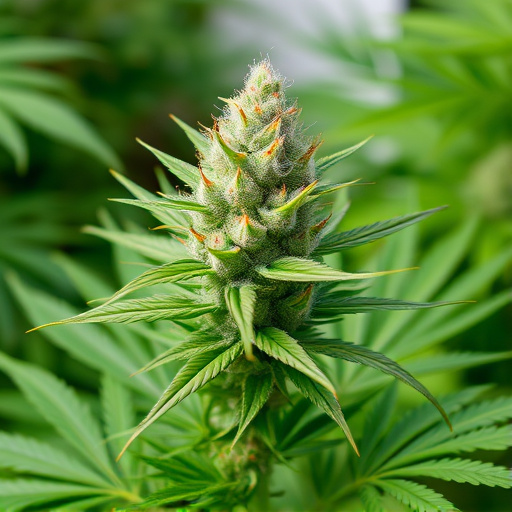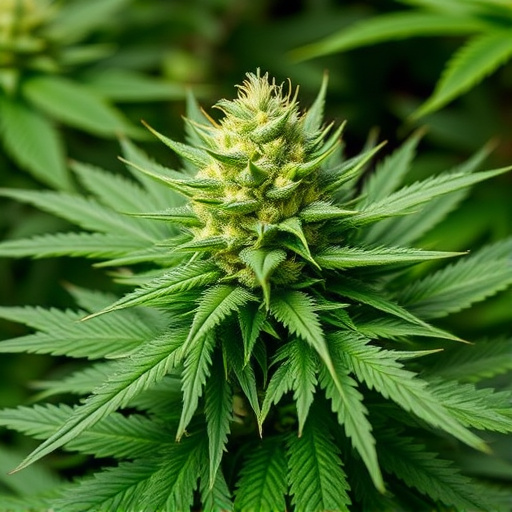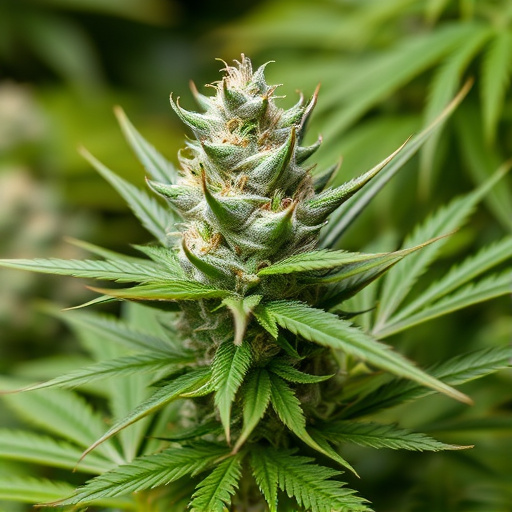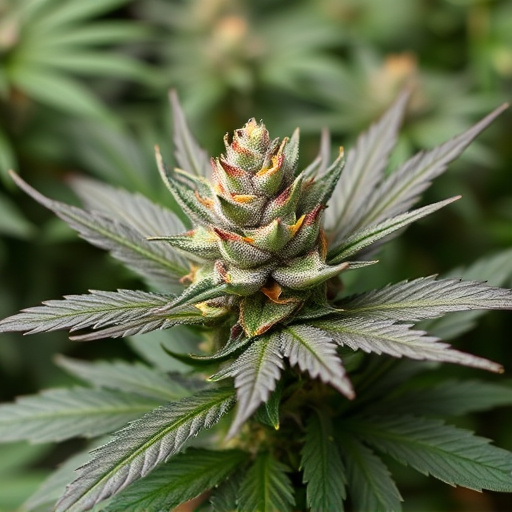Cannabis use provides immediate sensory enhancement but carries short-term risks of anxiety, paranoia, and psychosis, especially with high-THC classic cannabis strains. Long-term effects include respiratory issues from smoking and potential cardiovascular problems. While research explores health benefits, evidence advises caution, particularly for young users whose developing brains are more susceptible to cognitive issues like memory loss, attention difficulties, and problem-solving challenges. Classic cannabis strains can exacerbate mental health conditions and harm lung health, posing significant risks to youth and individuals who smoke both tobacco and cannabis.
Curious about the side effects of smoking weed? This comprehensive guide delves into the intricate world of cannabis consumption, exploring both short-term and long-term impacts on physical health. We dissect the mental wellbeing implications and cognitive function impairment risks, with a special focus on youth and lung health. Uncover insights into the potential dangers and benefits of classic cannabis strains, offering a balanced perspective for informed decisions.
- Short-Term vs Long-Term Effects on Physical Health
- Mental Wellbeing and Cognitive Function Impairment
- Potential Risks to Specific Populations: Youth and Lungs
Short-Term vs Long-Term Effects on Physical Health

Smoking weed, or using cannabis, has both immediate and long-term implications for physical health. In the short term, users may experience heightened senses, relaxation, and a sense of euphoria, which are largely attributed to the release of dopamine and other neurotransmitters. However, these effects can be accompanied by adverse reactions such as anxiety, paranoia, and in some cases, psychotic episodes, especially among first-time or occasional users. Classic cannabis strains known for their high THC content can exacerbate these issues, leading to a condition often referred to as “weed-induced psychosis.”
Looking at the long-term picture, regular cannabis use has been linked to chronic respiratory issues due to the inhalation of smoke, similar to cigarette smoking. This is particularly relevant given that many modern strains have higher concentrations of THC and other cannabinoids, encouraging deeper inhalation. Moreover, prolonged use may contribute to cardiovascular problems, as studies suggest a potential link between cannabis consumption and increased heart rate and blood pressure. While some research points towards potential health benefits, such as pain relief and improved appetite, the overwhelming evidence highlights the need for caution, especially regarding the impact on young people whose brains are still developing.
Mental Wellbeing and Cognitive Function Impairment

Smoking weed, especially in excessive amounts, can significantly impact mental wellbeing and cognitive function. Research has shown that regular marijuana use, particularly with classic cannabis strains high in THC, is linked to an increased risk of developing mental health disorders such as anxiety, depression, and psychosis. The effects on cognitive abilities can be even more pronounced, leading to difficulties with memory, attention, and problem-solving skills. These impairments can persist long after cessation of use, particularly in adolescents whose brains are still developing.
The impact on mental wellbeing is multifaceted. Weed can induce a sense of euphoria, but it may also trigger or worsen existing mood disorders. The substance’s ability to alter brain chemistry, specifically affecting neurotransmitters like dopamine and serotonin, contributes to these effects. Moreover, chronic users often report feelings of isolation and social withdrawal, which can further deteriorate mental health. In contrast, some advocate for the therapeutic potential of certain classic cannabis strains for managing mental health conditions when used responsibly under professional supervision.
Potential Risks to Specific Populations: Youth and Lungs

Youth are particularly vulnerable to the potential risks associated with smoking weed. The developing brains of adolescents and young adults are more susceptible to the psychoactive effects of cannabis, which can impact memory, attention, and problem-solving abilities. Regular use during this critical period may lead to long-term cognitive issues, affecting academic performance and future career prospects. Additionally, classic cannabis strains with higher THC content can exacerbate existing mental health conditions, such as anxiety or depression, in young users.
Lungs also face significant risks from smoking weed. The smoke contains many of the same harmful chemicals as tobacco smoke, including tar and various irritants. Regular cannabis use has been linked to chronic bronchitis and may increase the risk of developing respiratory infections. Studies have shown that individuals who smoke both tobacco and cannabis are at even higher risk for lung diseases, underscoring the importance of understanding the potential long-term effects of using classic cannabis strains.
While classic cannabis strains offer potential therapeutic benefits, it’s crucial to understand the associated risks. Both short-term and long-term side effects on physical health, mental wellbeing, and cognitive function are well-documented. For youth, the risk of lung damage is particularly concerning. A balanced approach that considers both the potential advantages and drawbacks is essential for responsible cannabis use.














